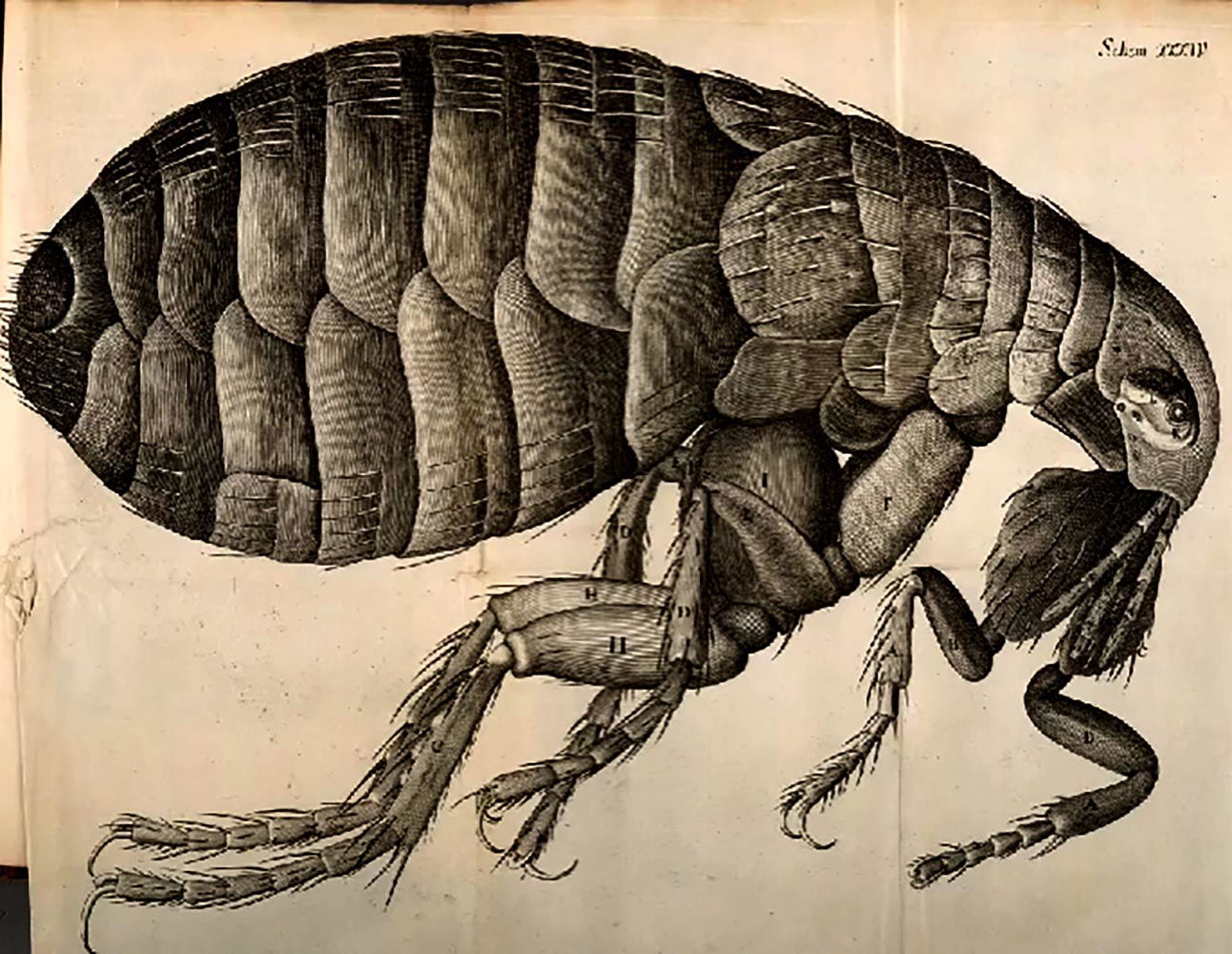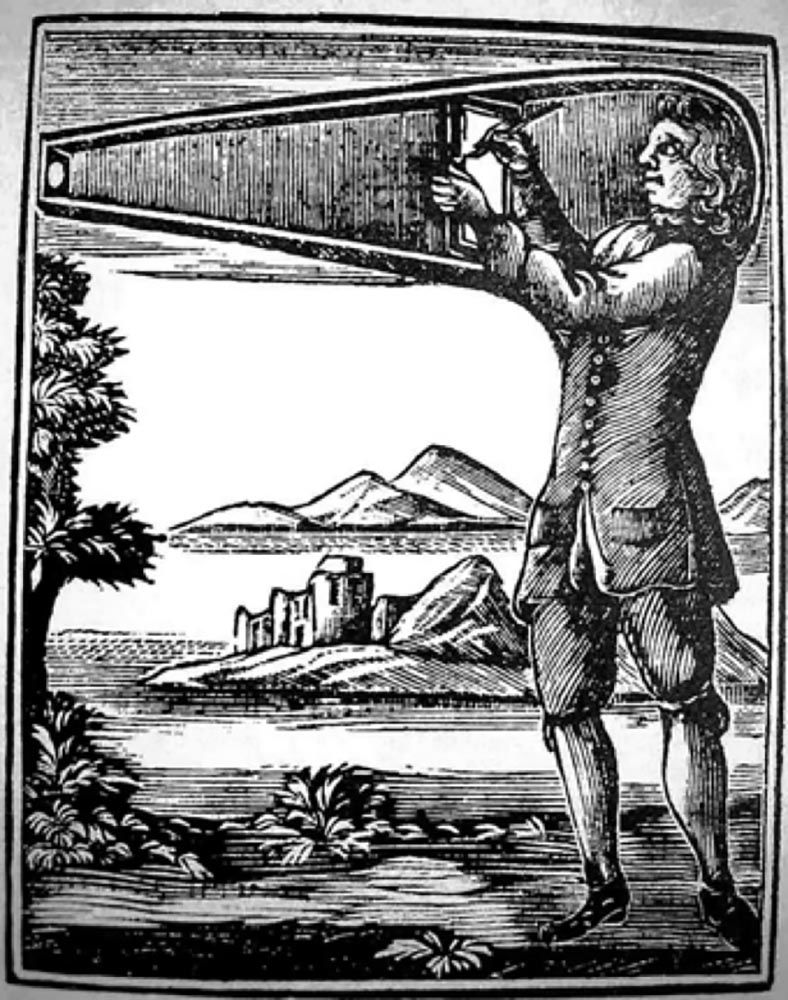
Robert Hooke: The Fusion of Art & Science and his description of the Scientific Method
"Robert Hooke was born in the village of Freshwater on the western toe of the Isle of Wight, the son of Cecily Gyles and John Hooke, a curate at All Saints’ Church. Even as a child he showed great mechanical talent. He made a sundial, took apart a clock and constructed a working model in wood, and created a toy sailing boat that could fire its miniature cannons."
(http://roberthooke.org.uk/?page_id=2)
I was fascinated with Robert Hooke, even before I knew anything about him. As a child of about 5, I had been walking up Hooke Hill from the Freshwater Railway Station. There was an old railway-sleeper made into a simple bench about half-way up the hill, and (like little boys do, I guess) I started exploring - scrabbling in the grass under the bench, and discovered a little blonde-wood hinged-lid box - and I opened this and found, to my increasing excitement, about six or seven pennies (this was about 1950 I guess- so the big copper/bronze ones) and other odds and sods - there was a fascination with pennies in those days not only the more recent monarchs George VI, Edward VII, George V, Queen Victoria, George III, etc but sometimes really ancient ones - some like William and Mary for example - so these were 'precious' beyond actual value, especially to inquisitive and acquisitive little boys... So Hooke Hill had a special significance for me. I did not 'discover' Robert Hooke until well into my art-school student days.. and even then (in the 1960s) there was really nothing much on him - a renaissance of interest in Hooke in the 1980s and 1990s and recently was heralded by the scholarship of researchers like Liza Jardine and Felicity Henderson:

What's really fascinating with Robert Hooke is (a) he practiced a wonderful fusion of art and science and (b) he documented the scientific method - and that he was the first to describe and document this method.
" Pioneer of experimental science: Hooke was one of the first scientists to rely on a planned series of investigations and to use purposefully designed apparatus to extend human perception.
Advocate for experimentation: He was appointed the Curator of Experiments for the Royal Society, making him responsible for conducting experiments at the society's meetings.
Influence on the method: His approach, which moved away from pure reason and embraced empirical evidence, was a significant part of the shift toward the modern scientific method. "
My main point here is that, as Curator of Experiments at the Royal Society, Hooke was in the ideal position to observe and take detailed notes on the Scientific Method in his book Micrographia (1665) his 'method' contains:
- Observation and experimentation: Hooke proposed a science of observation where scientists use tools to investigate specific questions about the natural world, dividing his book into detailed "observations" that were essentially experiments.
- Instrument-aided discovery: He emphasized the use of specially designed instruments, like his improved microscope, to make observations and conduct experiments that were previously impossible.
- Disciplined recording: He called for a "sincere hand, and a faithful eye" to accurately record observations as they appeared, rather than relying on pre-conceived notions.
- Verification: By meticulously describing and illustrating his findings (such as the structure of cork, which led him to discover cells), he allowed other scientists to replicate his experiments and verify his results.
- Practical solutions: Hooke's approach also involved finding practical solutions to technical problems, such as improving the microscope's performance and illumination. (Google AI synopsis)

Some of the many 'portraits' of Hooke - or pictures of men of the same period who might be Hooke - at least you get some idea of what Hooke might have been like. Below- these are just some of the more recent (last 10-20 years) books on Hooke - suddenly he's famous again!

Your task (your project) here is to portray Robert Hooke based on the scant visual evidence we have - and perhaps more importantly to illustrate his dual skills - as a scientist/inventor and as an artist/draftsman - his binary creative talents.. How do you bring Hooke to life for current youngsters, and celebrate his analytic and creative skills, and his notation of the Scientific Method?